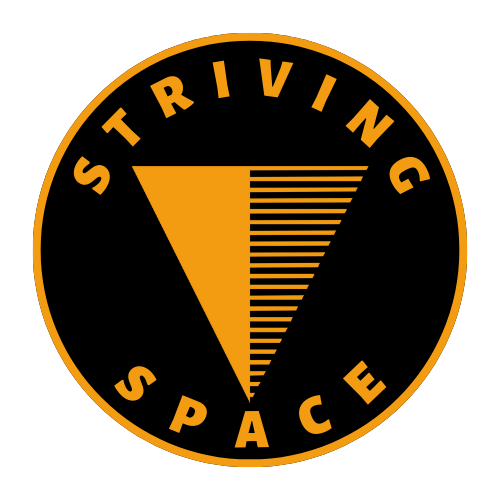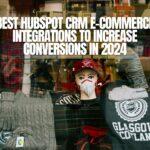A Practical Guide to SEO, Structure, Effectiveness, and More
A high-converting landing pages are essential for businesses of all sizes. A landing page is a standalone web page that is designed to achieve a specific goal, such as generating leads, driving sales, or encouraging visitors to sign up for a newsletter.
SEO Standpoint
From an SEO standpoint, it is important to ensure that your landing pages are well-optimized for relevant keywords. This includes relevant keywords in the following:
- Title: The title of your landing page is one of the most important factors for SEO. Make sure to include your target keyword in the title, and keep it within 60 characters.
- Meta description: The meta description is a brief snippet of text that appears below the title of your landing page in search engine results pages (SERPs). It is important to include your target keyword in the meta description, and keep it within 155 characters.
- Headings: Headings are used to break up the text on your landing page and make it easier to read. They are also important for SEO. Make sure to include your target keyword in your headings.
- Content: The content on your landing page should be well-written and informative. It should also be relevant to the target keyword.
- Image alt tags: Image alt tags are used to describe the content of images to search engines. Make sure to include your target keyword in the alt tags for your images.
- Internal links: Internal links are links from one page on your website to another. They help search engines understand the structure of your website. Make sure to include internal links on your landing pages.
- External links: External links are links from your website to other websites. They can help to improve your website’s authority. However, it is important to use external links sparingly.

ClickFunnels
Struggling to create a high-converting Landing Pages?
Easily create landing pages for lead generation with pre-built templates and drag-and-drop interface.
Disclosure: I may earn a small commission if you buy something through my links in this content. This helps support my work, but my opinions and reviews are independent, not influenced by any affiliate partnerships.
Readability
In terms of readability, it is important to write clear and concise copy that is easy to understand. Avoid using jargon or technical language that your target audience may not be familiar with. Additionally, use clear headings and subheadings to break up the text and make it easier to scan.
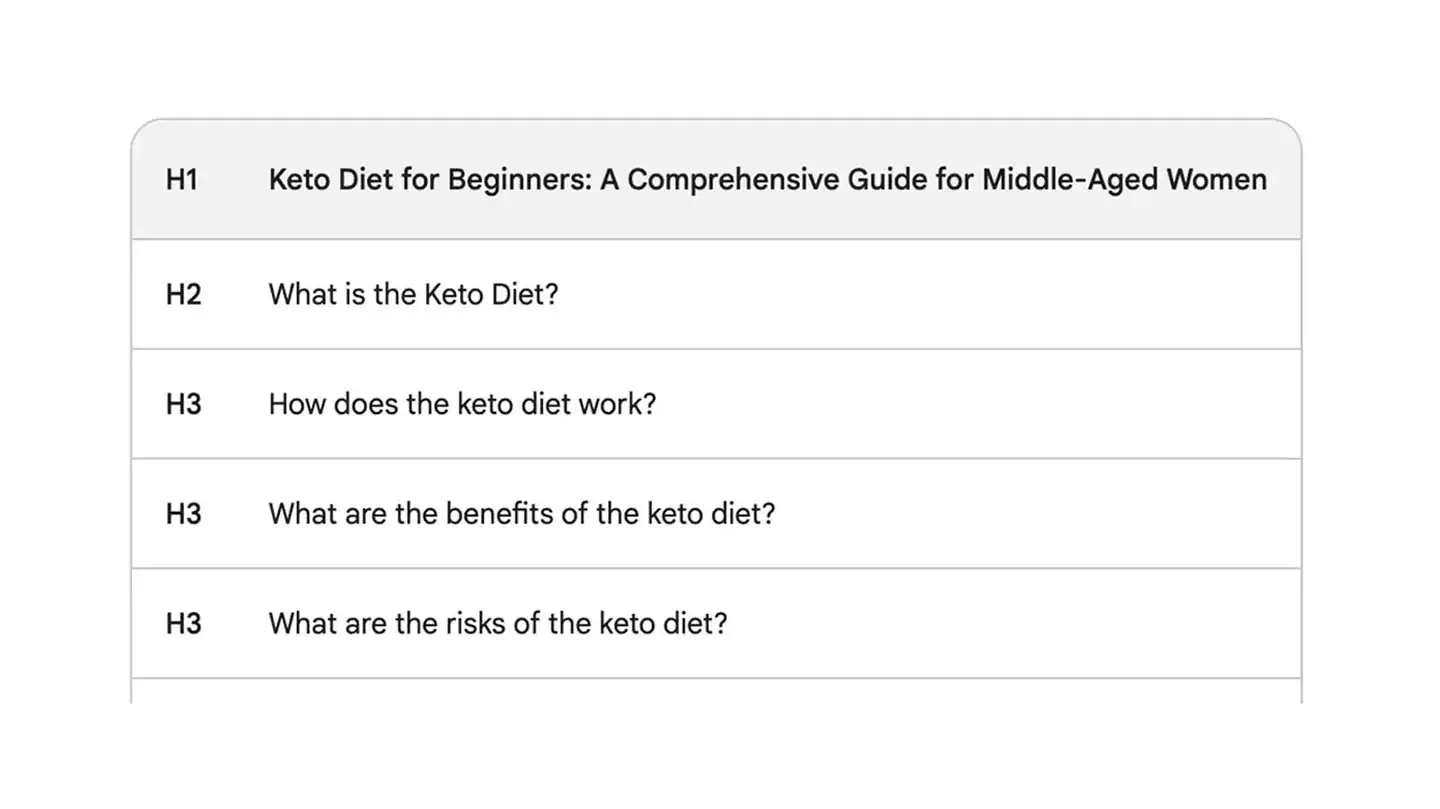
Here are some tips for improving the readability of your landing pages:
- Use short sentences and paragraphs.
- Use active voice instead of passive voice.
- Avoid using complex language.
- Define any jargon or technical terms that you must use.
- Use bullet points and numbered lists to make your content easier to digest.
- Proofread your landing pages carefully for any errors in grammar or spelling.
Structural
Structurally, your landing page should be well-organized and easy to navigate. The layout should be clear and logical, with the most important information placed above the fold. Additionally, make sure to include a strong call to action (CTA) that tells visitors what you want them to do. Several tips for improving the structure of your landing pages:
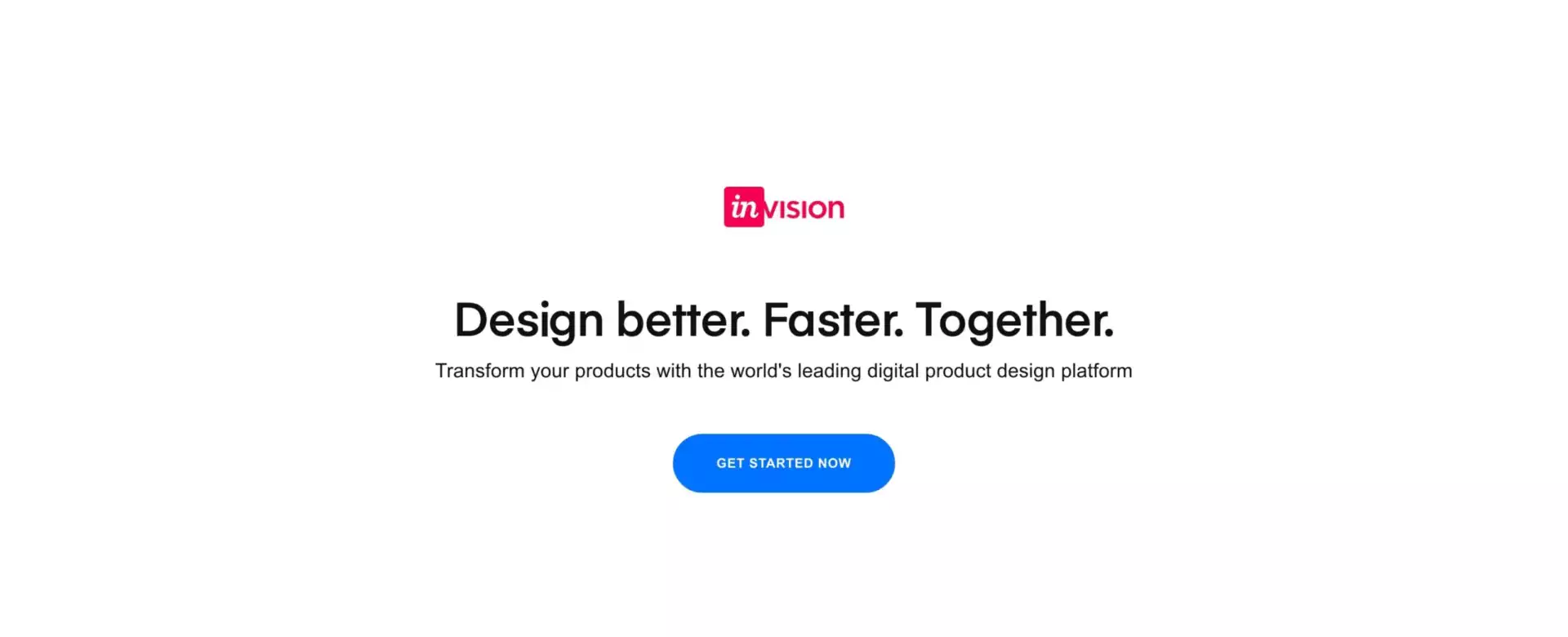
- Use a clear and consistent layout.
- Use white space to make your landing pages easier to scan.
- Place your CTA above the fold.
- Use contrasting colors to make your CTA stand out.
- Make sure your CTA is easy to click or tap.
Effectiveness
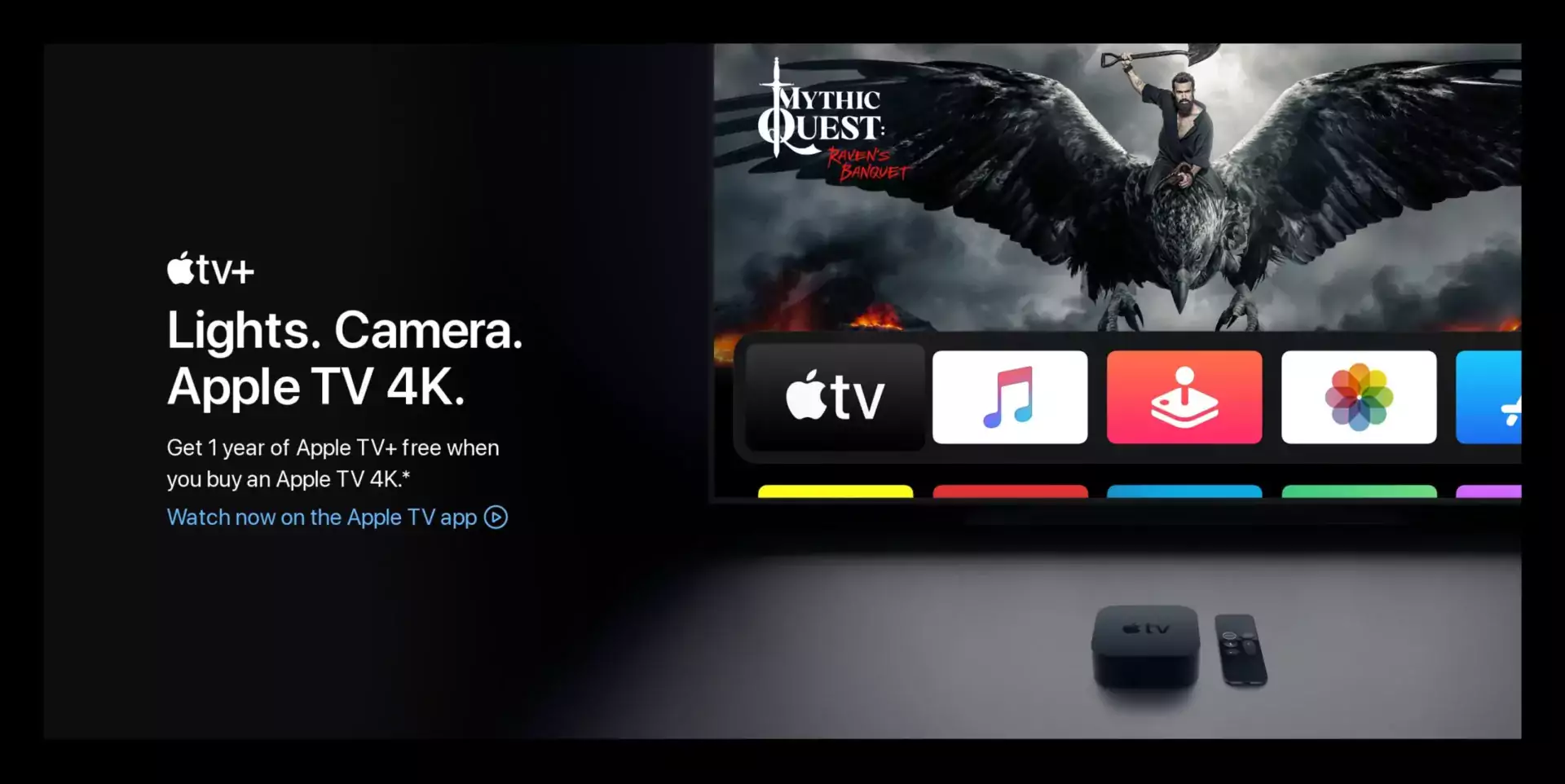
Your landing page should be effective in delivering its message. This means that the content should be persuasive and engaging, and that the CTA should be clear and compelling. Tips for improving the effectiveness of your landing pages:
- Use persuasive language.
- Highlight the benefits of your offer.
- Create a sense of urgency.
- Use social proof.
- Offer a guarantee.
Additional Tips for Creating High-Converting Landing Pages
- Use high-quality images and videos to make your landing page more visually appealing.
- Keep your landing page focused on a single goal. Avoid trying to cram too much information onto one page.
- Test different elements of your landing page to see what works best. This includes testing different headlines, copy, images, and CTAs.
By following these tips, you can create landing pages that are both effective and engaging.
In-depth explanation of key elements
- Headline: The headline is the first thing that visitors will see on your landing page, so it is important to make a good first impression. Your headline should be clear, concise, and attention-grabbing. It should also be relevant to the target keyword.
- Subheadline: The subheadline is a good opportunity to provide more information about your offer. It can also be used to address any objections that visitors may have.
- Body copy: The body copy is where you will sell your offer. Be sure to highlight the benefits of your offer and explain why visitors should take action.
- Call to action (CTA): The CTA is the button or link that tells visitors what you want them to do. Your CTA should be clear, concise
- Images and videos: Images and videos can be a powerful way to engage visitors and make your landing page more visually appealing. However, it is important to use high-quality images and videos that are relevant to your offer.
- Social proof: Social proof is a form of persuasion that uses the opinions of others to influence behavior. Including testimonials, reviews, and other forms of social proof on your landing page can help to build trust and credibility with visitors.
- Guarantee: Offering a guarantee can help to reduce risk and encourage visitors to take action. However, it is important to make sure that your guarantee is clear and easy to understand.
- Scarcity: Creating a sense of scarcity can help to encourage visitors to take action immediately. This can be done by using limited-time offers, countdown timers, or other methods of creating urgency.
- Mobile-friendliness: In today’s mobile-first world, it is essential to ensure that your landing pages are optimized for mobile devices. This means using a responsive design that will adapt to different screen sizes.
- Page loading speed: Page loading speed is a critical factor in user experience. If your landing pages take too long to load, visitors are likely to bounce. Make sure to optimize your images and code to improve page loading speed.
Testing and optimization
Once you have created a landing page, it is important to test and optimize it to improve its performance. This can be done by using a variety of methods, such as A/B testing, multivariate testing, and heatmaps.
A/B testing is a method of testing two different versions of a landing page against each other to see which one performs better. Multivariate testing is a method of testing multiple elements of a landing page at the same time. Heatmaps are a visual representation of how visitors interact with your landing page.
By testing and optimizing your landing pages, you can improve their conversion rate and achieve your marketing goals.
Final Thoughts
Nowadays, landing pages are more important than ever before. They are the gateway to your website, and they play a critical role in converting visitors into leads and customers.
But creating high-converting landing pages that are both effective and engaging is just the beginning. Once your landing page is up and running, it’s important to track its performance and make necessary adjustments. Use analytics tools to measure your landing page’s conversion rate, and then use A/B testing to experiment with different elements of your page.
By continually testing and optimizing your landing pages, you can ensure that they are always performing at their best. And as you gain more experience with landing page creation, you’ll be able to craft even more effective pages that will help you achieve your marketing goals. Remember to focus on the key elements of a good landing page, such as a strong headline, persuasive copy, a clear call to action, and a visually appealing design.
In the end, the key to creating high-converting landing pages is to understand your audience and what they are looking for. By providing them with relevant and valuable information, you can encourage them to take the desired action. So don’t be afraid to experiment and try new things. The more you learn about landing pages, the better you’ll be able to create pages that convert.
